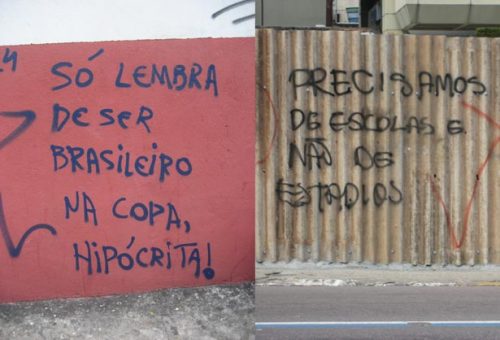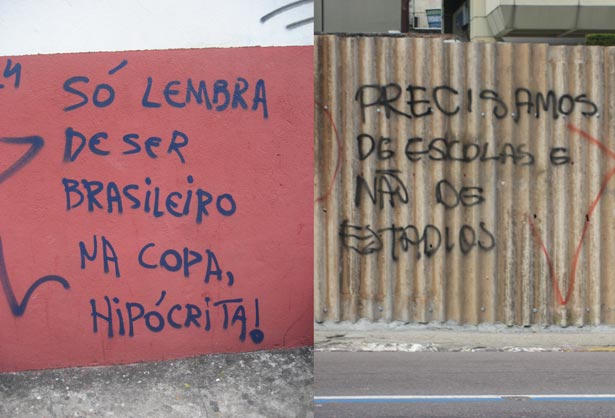
After Charles Miller brought two soccer balls with him from Scotland to Brazil in 1894, the game caught on like wildfire. Soccer has become a defining characteristic of this young, diverse nation, which often identifies itself as o país do futebol (“the country of soccer”). Alex Bellos, former South America correspondent for The Guardian, concluded that “football gives Brazilians a feeling of national identity — citizenship, even — much more than anything else.”
Not only do Brazilians generally love soccer, they are exceptionally good at it. Brazil has produced many of the greatest soccer players, and its team has won more World Cups than any other nation — and, unlike any other nation to win more than one World Cup, Brazil has never won one on its own soil.
Not only are Brazilians exceptionally good at soccer, they play the game with unparalleled artistry. As early as 1938, sociologist Gilberto Freyre proudly explained that “our misleading moves, our flourishes with the ball, the touch of dance and capoeira that marks the Brazilian style of playing soccer, which perfects and sweetens the game invented by the English and other Europeans [and] played so mechanically, all of which seems to make evident to psychologists and sociologists in an interesting way the flamboyant and clever mulattoism that today is in everything that is a true affirmation of what is Brazilian.”
Today, many refer to Brazilian soccer as “the beautiful game.” In Portuguese, they call it jogo bonito (which was internationally popularized by Nike commercials) or futebol-arte. Few born beyond Brazilian borders have played with the creativity and cunning of Leônidas da Silva, Zizinho, Pelé, Garrincha or Ronaldinho, and the 2014 World Cup may be the stage for another upcoming Brazilian soccer artist: Neymar.
Despite being such a passionate soccer-loving country, and the reasonable expectation of a spectacular sixth World Cup triumph, not all Brazilians are happy about the 2014 World Cup. Several Brazilian cities have experienced massive protests against the inequitable and insensitive manner in which the cup is being carried out by Fédération Internationale de Football Association (FIFA) and the Brazilian government. Even Brazil’s famous soccer ambassadors Pelé and Ronaldo have publicly shared the protesters’ concerns about the exorbitant amount of money wasted on Brazil’s new stadiums in preparation for the World Cup, when the country desperately needs to invest in schools, hospitals and basic public services.
The frustration is best depicted perhaps by Paulo Ito’s mural of a shirtless child with knife and fork in hand anguishing before a plate with nothing but a soccer ball on it. Though Brazil and its governing Workers’ Party deserve credit for significantly reducing poverty and inequality rates over the last 10 years, far too many Brazilians still suffer unfair, unsanitary and undignified living conditions.
As the graffiti I’ve seen on the streets of Manaus puts it, Copa pra quém? (“World Cup for who?”). Yet, as one Brazilian explained to me yesterday, the cup is happening; thus, she will support her team and express her dissatisfaction in October’s elections.
 |
| Left: Just remember to be Brazilian during the cup hypocrite. Right: We need schools, not stadiums. |